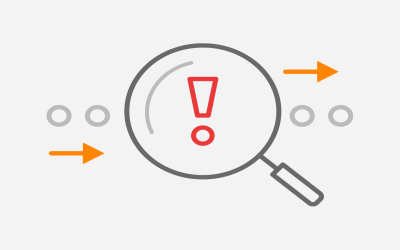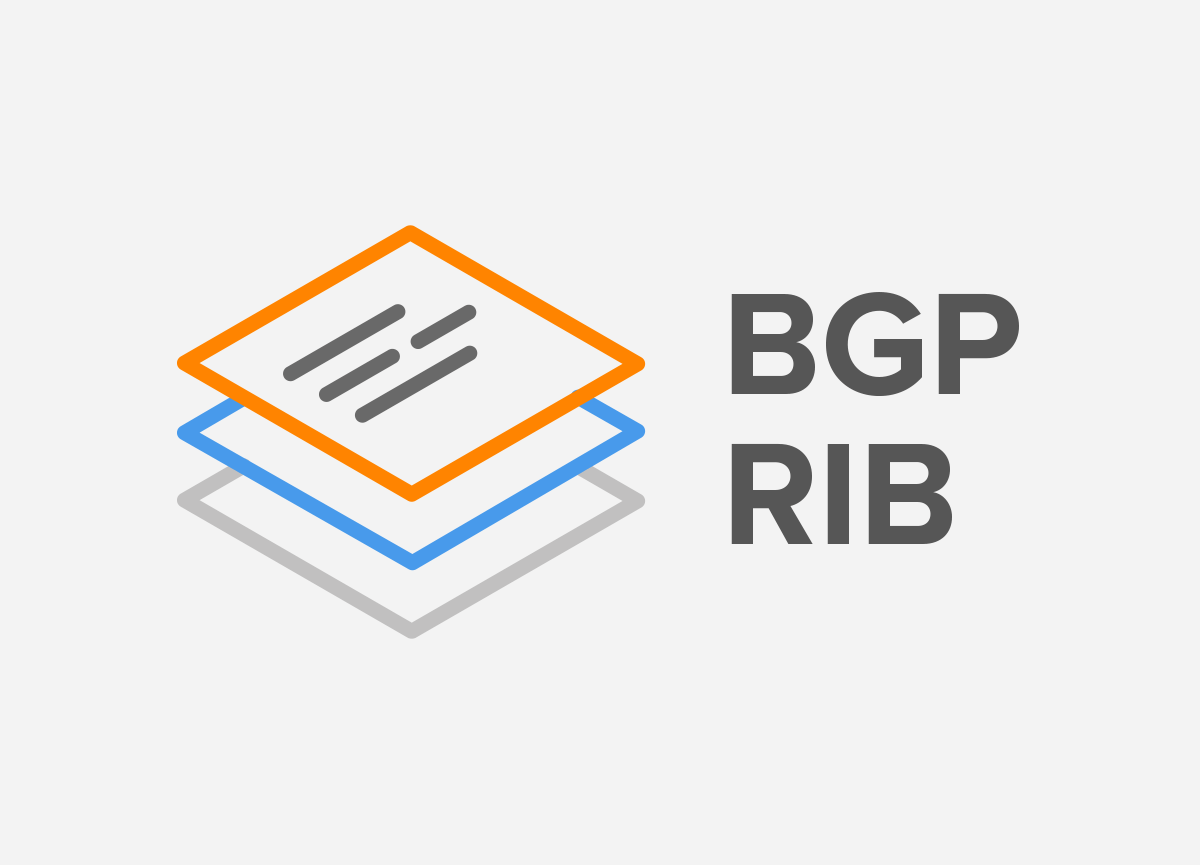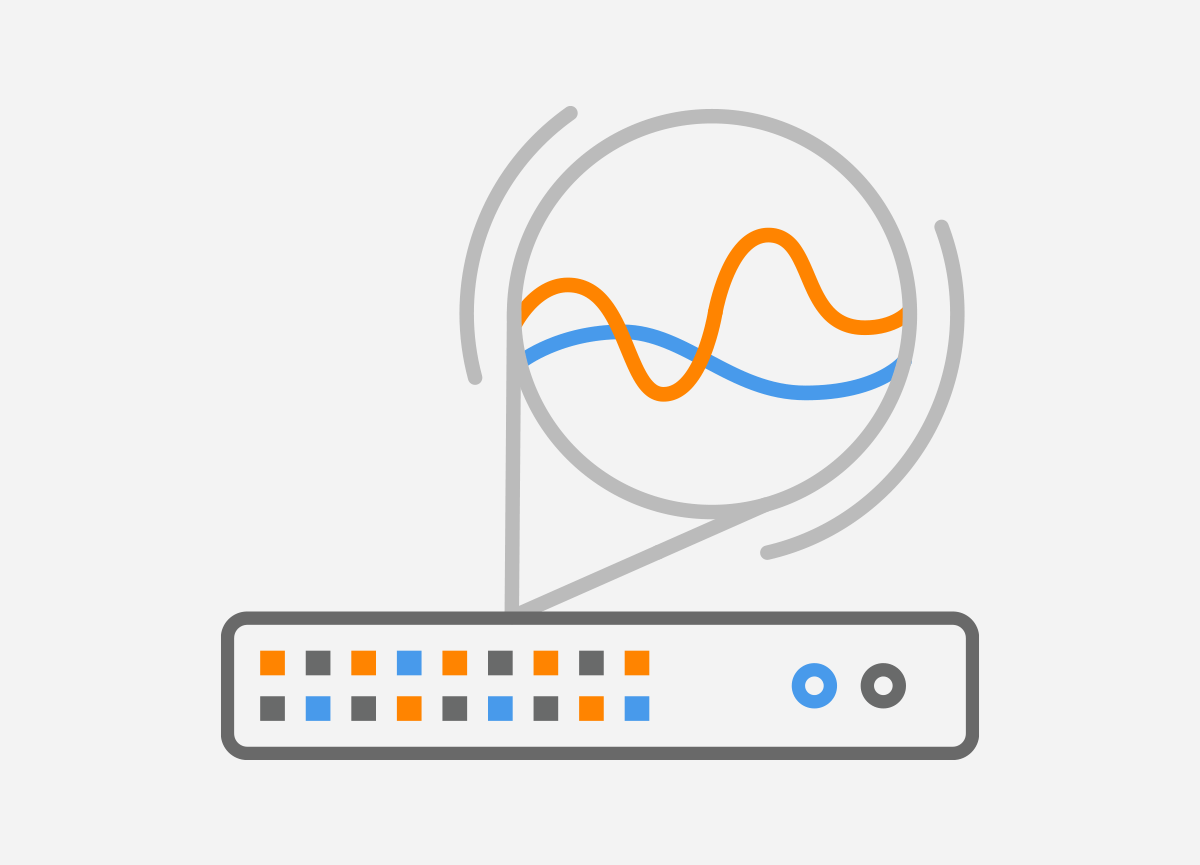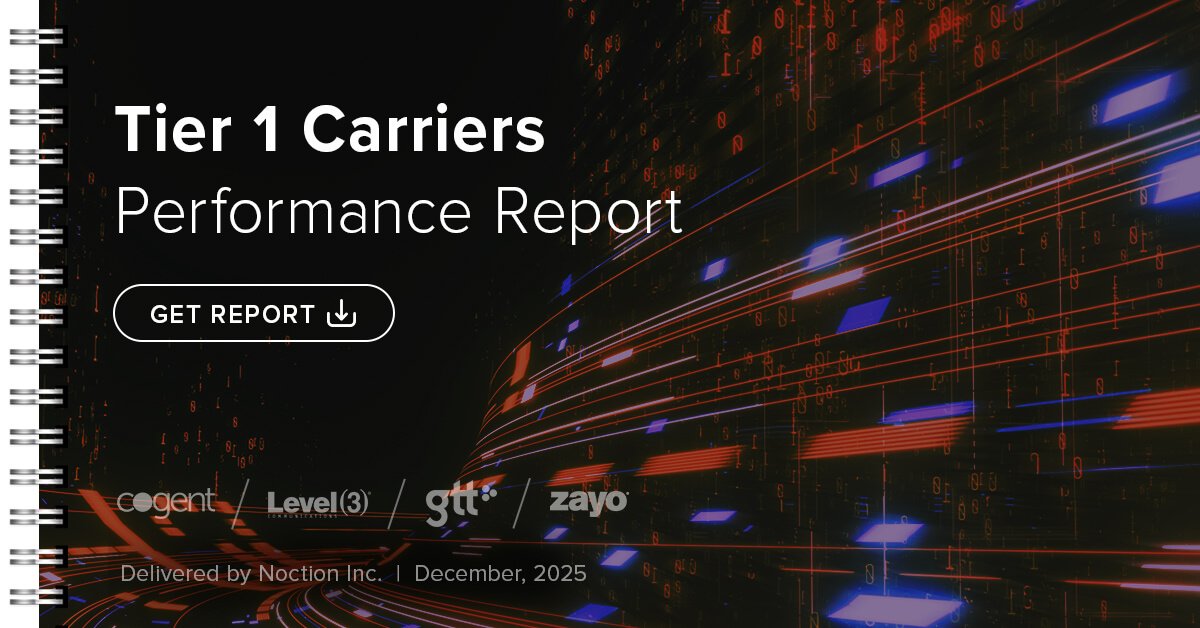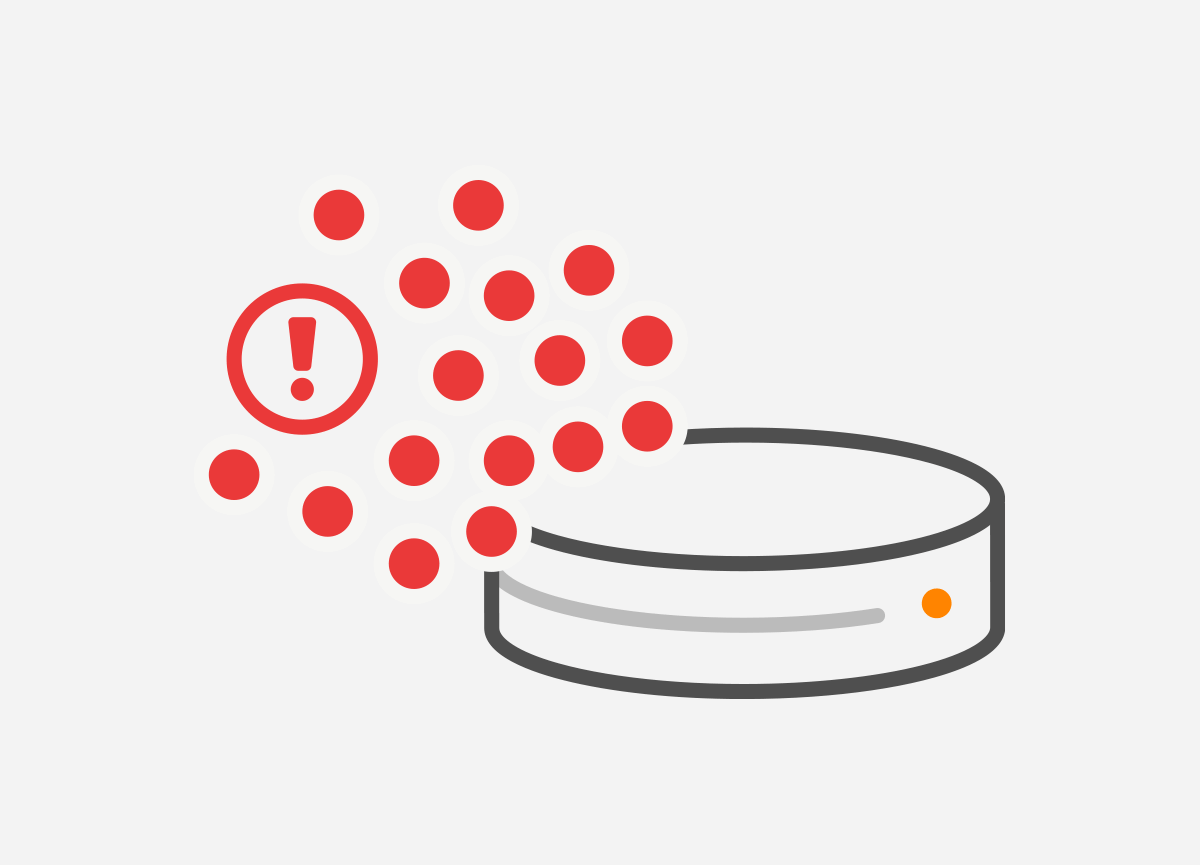 It’s a commonly known fact that congestion on the road significantly increases the time the auto vehicles must spend to get to the destination. Exactly the same happens with data networks: congestion considerably slows down the overall network performance. Latency denotes the period of time spent by data on traversing a network segment. High latency, caused by a congested network, slows the speed of the enterprise network performance leading to unsatisfied and angry end users.
It’s a commonly known fact that congestion on the road significantly increases the time the auto vehicles must spend to get to the destination. Exactly the same happens with data networks: congestion considerably slows down the overall network performance. Latency denotes the period of time spent by data on traversing a network segment. High latency, caused by a congested network, slows the speed of the enterprise network performance leading to unsatisfied and angry end users.
Here are 5 tips that can help to reduce the congestion in enterprise networks:
- Conduct an analysis of the network traffic flows with the help of network monitoring tools. Setup a network sniffer to analyze network traffic, so that underlying troubles in network can be found out and submitted for resolution. While monitoring the network, look into the segments which generate the highest volume of traffic. In case your monitoring system detects that a certain segment generates more traffic than expected, troubleshoot the problem to resolve it. For instance, a computer that floods the network while running a particular program or process may indicate a software networking issue.
- Network bottlenecks, which are the main reasons of congestion in a network, must be eliminated. Just like a traffic jam caused by a narrowing of a busy four-lane highway to just two lanes, a bottleneck, which is a network’s segment unable to handle the amount of traffic coming from its connecting segments, causes intolerable amounts of congestion on a network. Bottlenecks can be eliminated by increasing the segment’s bandwidth capacity so it matches the neighboring segments’ maximum traffic flow. This can be accomplished by upgrading this network’s segment or using different one.
- TCP/IP protocol settings must be optimized to improve the connection between nodes in your network. You can use TCP tuning techniques to adjust the network congestion avoidance parameters of TCP connections over high-bandwidth, high-latency networks. Sometimes, properly tuned networks can perform up to 5 times better. However, be aware that blindly following instructions without understanding their real consequences can worsten the performance as well.
- Network traffic must be prioritized in compliance with your needs. In some cases network congestion can be reduced by prioritizing specific network traffic needs over others. For medium business it can be achieved by reprogramming of network’s nodes, such as routers or switches to enable them to identify and give higher priority to the specific types of traffic. For small businesses – enabling the Quality of Service (QoS) feature, which is available in the majority of advanced home or small business networking nodes, will suffice.
- Finally, to minimize the congestion and correspondingly latency, one must analyze the traffic patterns to find the segment of network, where the congestion occurs, as well as the reason why it happens. After the problem has been outlined one can find an effective solution to avoid congestion and improve the entire infrastructure.



